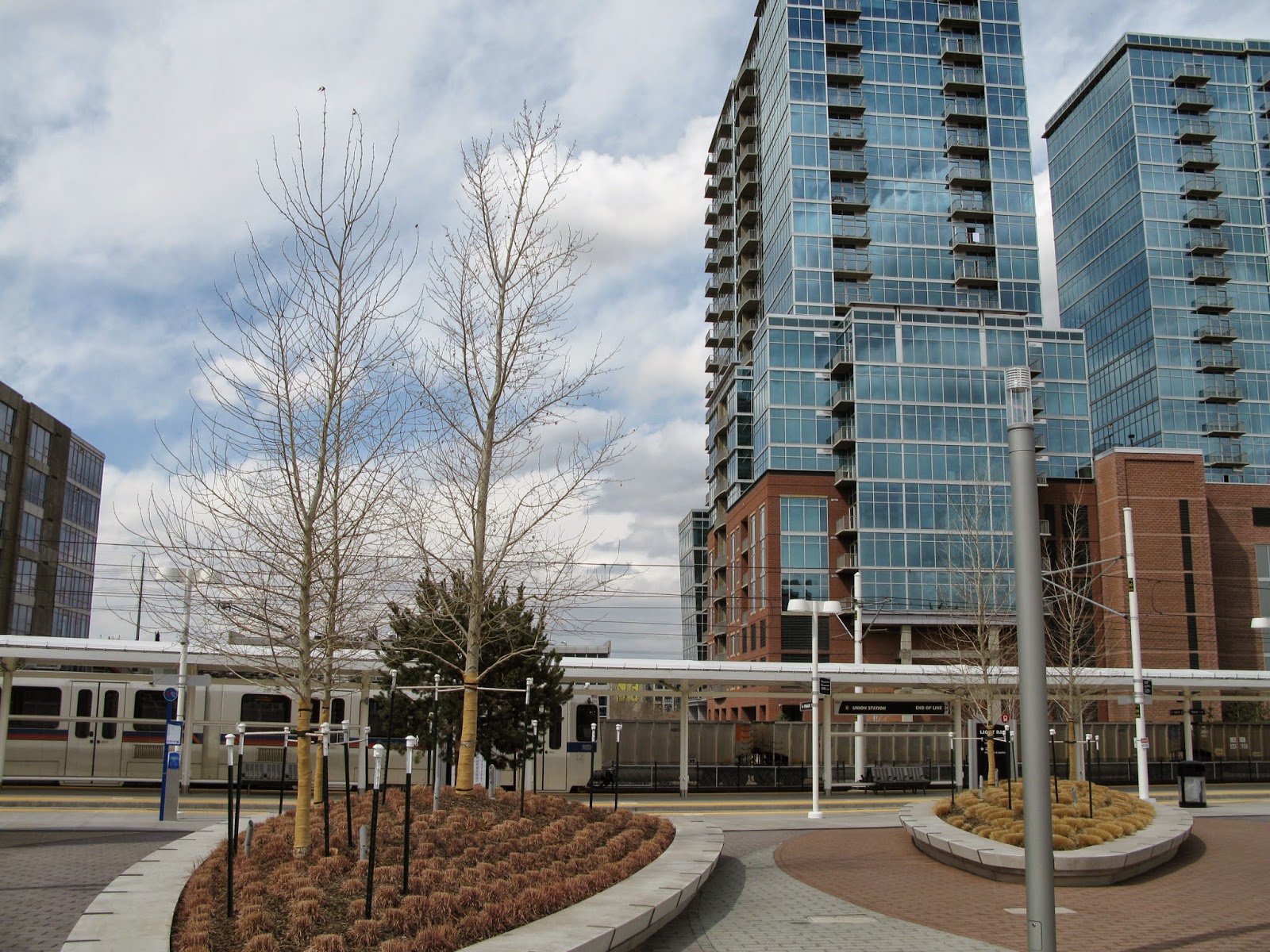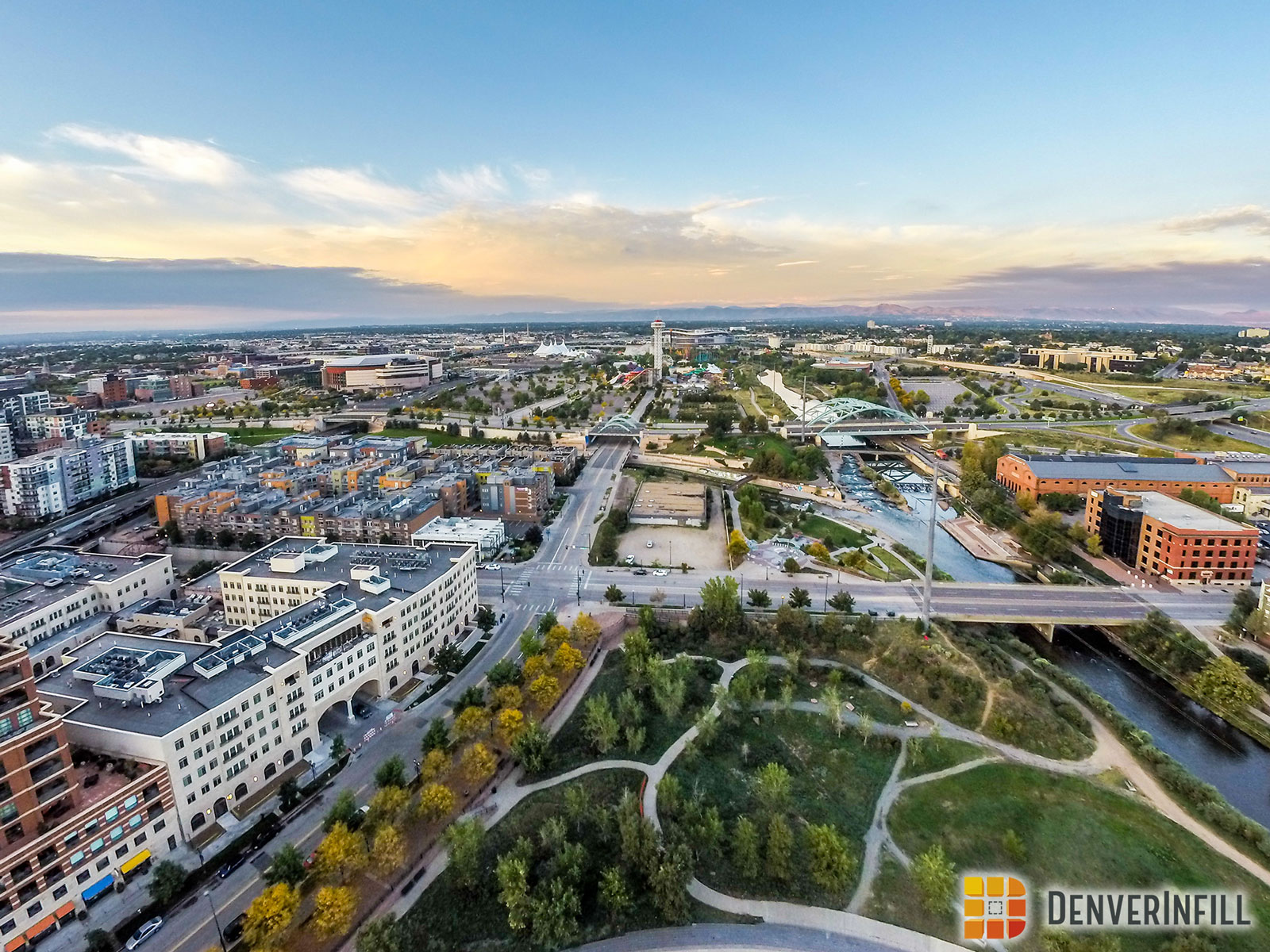Housing
Infill neighborhoods
Multifamily housing development has been increasing in the inner core of San Antonio. Over 30% of all apartment development (the number of units under construction, approved or planned) is taking place within Loop 410. The area still has a large number of vacant and underutilized parcels, indicating the buildings are out of date and the sites are not meeting market demand for their current zoning designation. Allowing them to redevelop with a new mixture of uses, and specifically introducing housing, can help revitalize those areas and improve the neighborhoods around them.
Some neighborhoods are already engaged in long-term revitalization. Examples of revitalization programs providing replicable best practices from the EastPoint effort, including Choice Neighborhood, Eastside Promise Neighborhood and Eastside Promise Zone. We must provide a revitalization toolbox to existing neighborhoods and developers to encourage and guide investment in our existing neighborhoods.
Recent infill development has raised some concerns about the compatibility of those developments with existing neighborhoods, in terms of character, design and perceived density. Context-sensitive development policies can ensure the character of neighborhoods is enhanced by new development. We can also help seniors remain in their homes through programs that support retrofitting, repairing and maintaining their homes. Or, if they choose to move to more walkable neighborhoods near amenities, we can ensure there are housing options for seniors available.
The City is now coordinating housing and community development through an interagency collaborative. REnewSA takes a place-based approach aimed at restoring the vitality of existing neighborhoods and commercial corridors. The partnership is led by the City of San Antonio’s Department of Planning & Community Development and includes nonprofit housing providers, Build San Antonio Green, the San Antonio Housing Authority, and the City’s Office of Historic Preservation, OUR SA (Office of Urban Redevelopment), Transportation & Capital Improvements Department, Development Services Department, Center City Development Office and Office of Sustainability.

